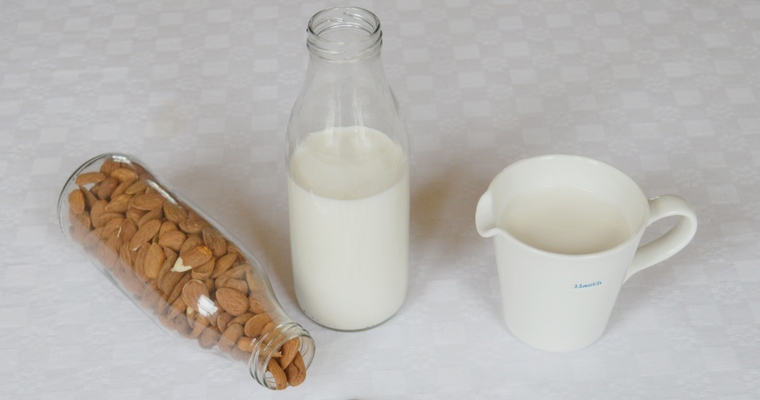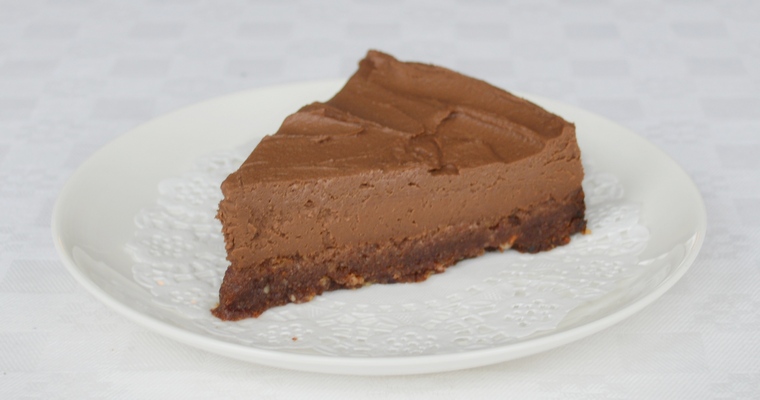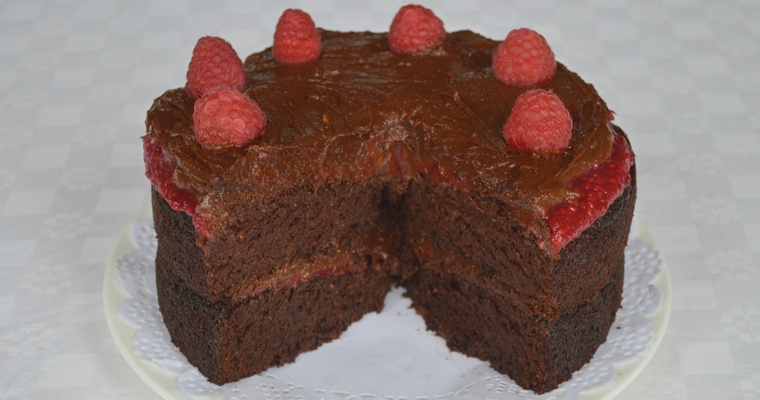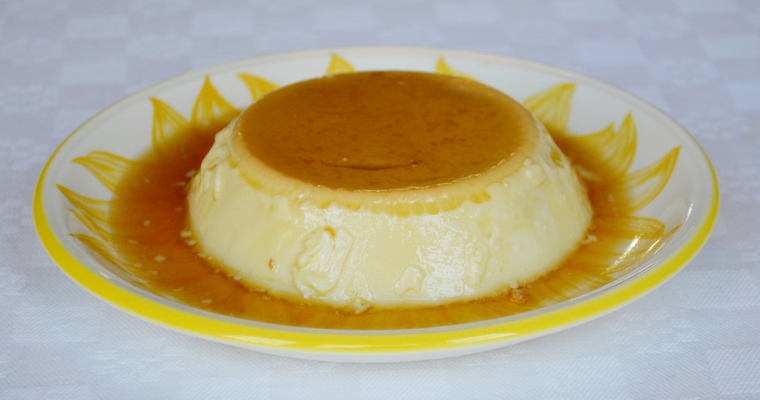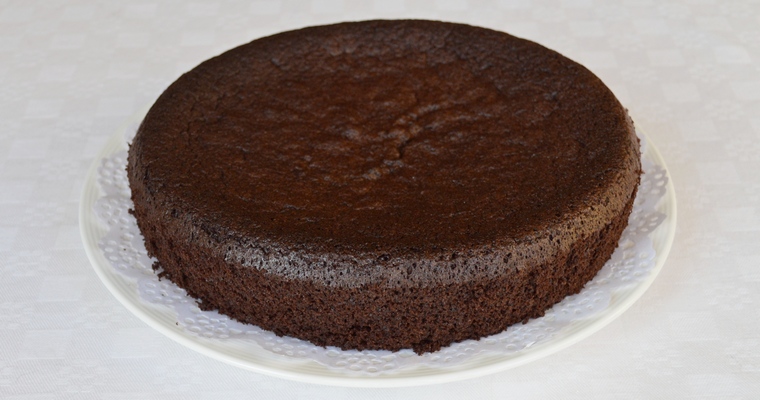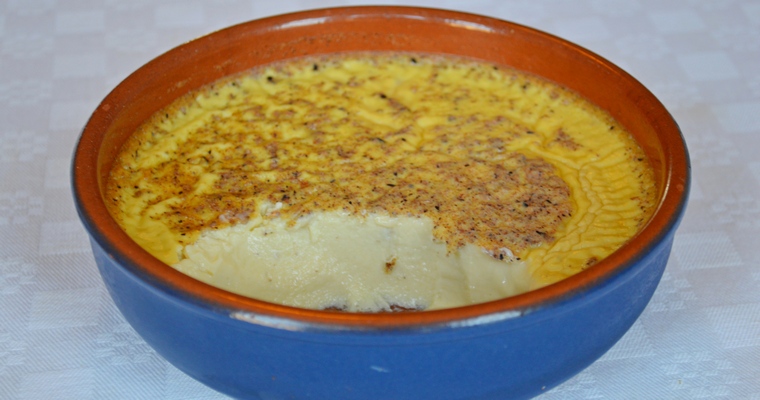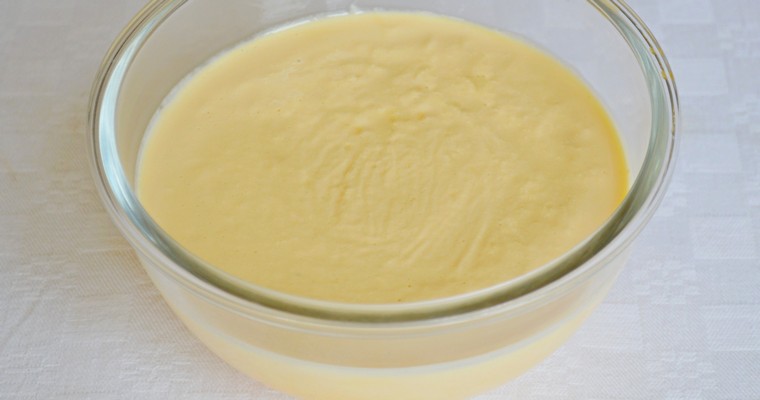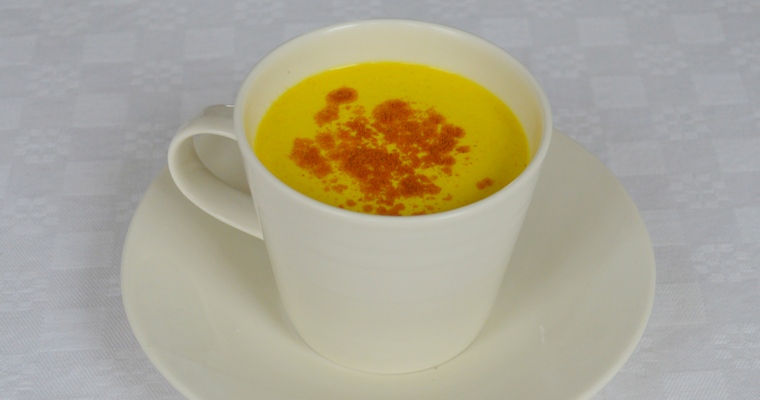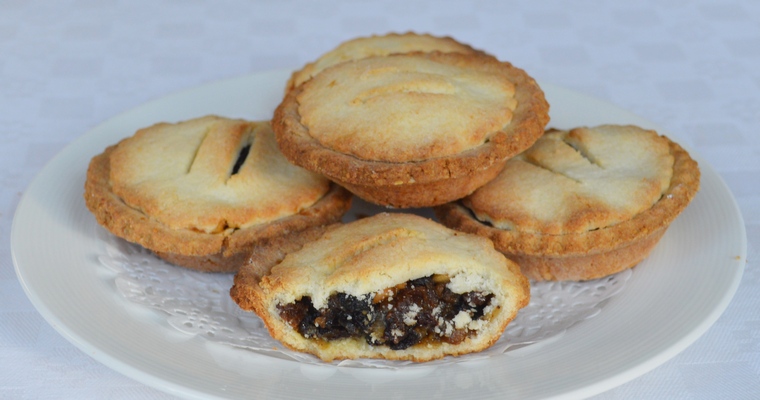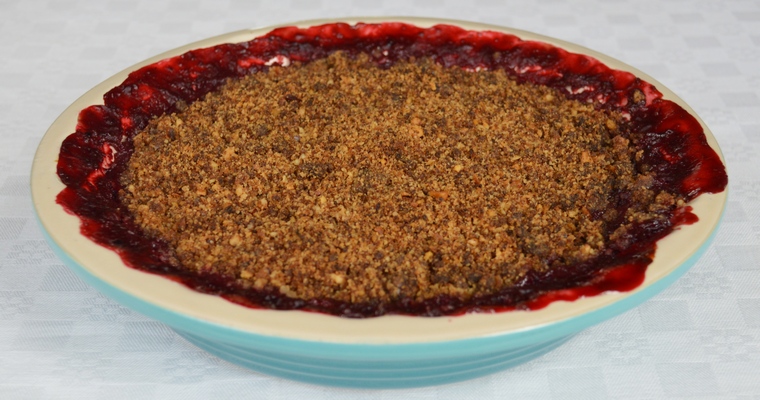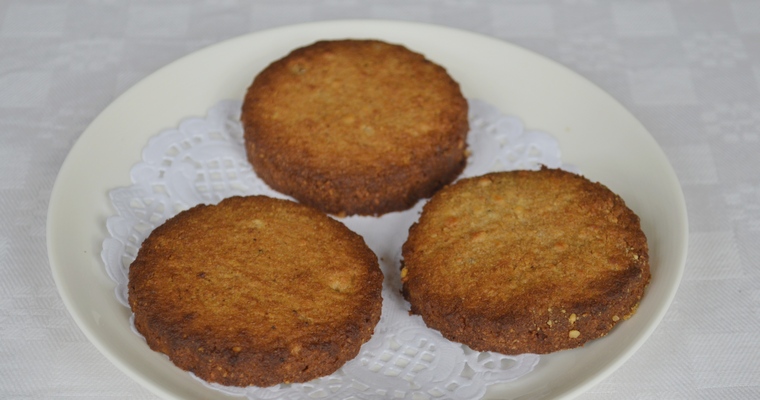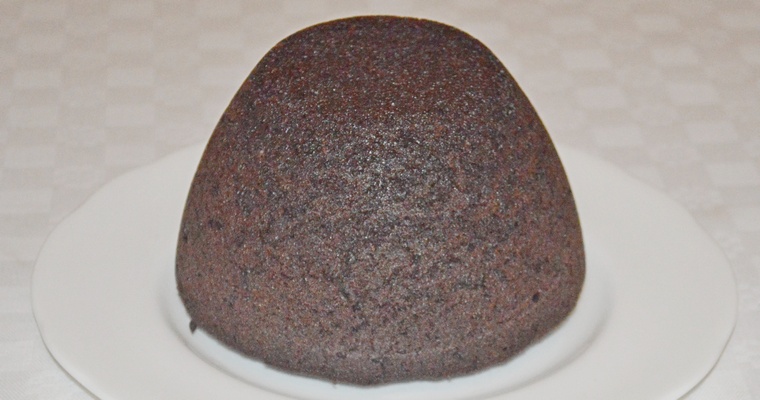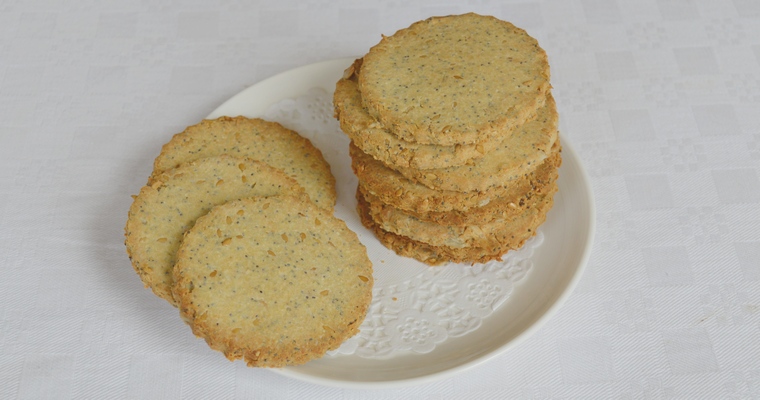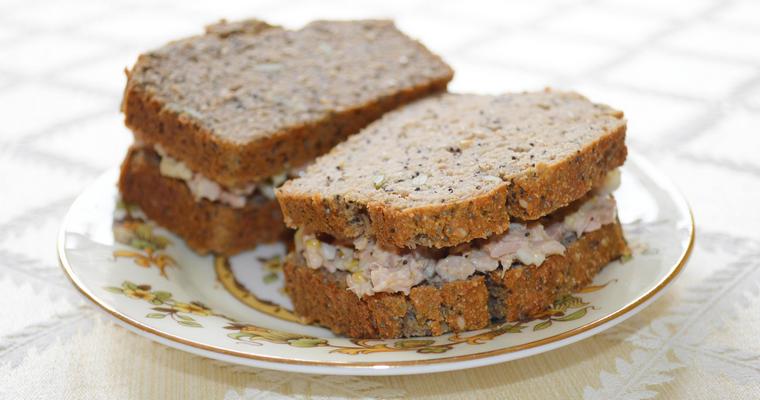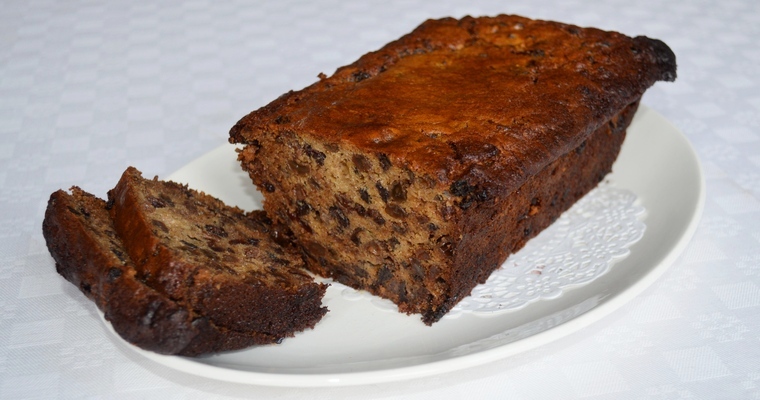Utterly delicious almond milk, with a creamy texture and richness to replicate cow’s milk. Also includes instructions for making flour with leftover pulp.
Homemade almond milk is richer, creamier and has a stronger flavour than shop-bought cartons. The secret to creating a superior home version lies in taking the time to thoroughly soak the nuts (see my article on How to make the creamiest Nut Milk). Almonds that have been soaked for 2 days become saturated and soft. This means that they grind into smaller particles, which blend more effectively into the water. The result is that less nut meal gets left behind during the straining process, creating a thicker, creamier texture, and a stronger flavour. The other advantage to making your own almond milk is that it is free from preservatives, thickeners and emulsifiers, which can aggravate a sensitive gut. Thickeners like tapioca starch are added to commercial nut milks to mimic the viscosity of cow’s milk, while emulsifiers are added to stop the solids from separating and sinking to the bottom. It is normal for nut milks to separate in the fridge – just give the bottle a vigorous shake before using. Shaking redistributes the solids, dispersing and suspending the fat particles in the water.
After you have strained the milk, you will be left with a clump of wet nut meal. There’s no need to throw this away, as you can make use of it in other cooking projects. For example, the pulp can be used in baking recipes, where it can be added to batters for muffins, cookies and cakes. It can also be stirred into soups, stews and curries to act as a thickening agent, or sprinkled on top of baked dishes like crumbles, casseroles and meats to provide a textured crumb. Just remember that saturated meal will add liquid to the recipe, and take longer to brown. It will also weigh more than dry ground almonds, due to the water content, so you will need to increase the amount used if you are following a recipe. Due to the high water content, you should store wet meal in the fridge, and use within 2-3 days. Alternatively, you can dry out the pulp on a very low heat in the oven, then grind into a fine nut flour. As long as the meal has been completely dehydrated, it can be treated like any other dried product, and stored for several months in an airtight container.
Tips & Tricks
- Add salt to the soaking water – this helps activate the nuts so that the nutrients are digestible.
- Submerge the nuts completely – this ensures even saturation, and stops the wet nuts from going mouldy.
- Blend immediately after draining – if you leave the soaked nuts for too long they develop a sour taste.
- Heat gently (if thickening) – emulsions are sensitive to changes in temperature, so the finely ground nut particles will separate out if the milk is heated to boiling point.
Ingredients
- 1 part whole almonds (2 cups / 250g)
- 1/2 teaspoon salt
- 2 parts water (4 cups / 960 ml)
Instructions
- Soak the almonds. Place the almonds and salt in a bowl, and cover with a couple of inches of cold water. Cover with a lid, and leave to soak for 48 hours, changing the water after 24 hours (don’t forget to replace the salt, too).
- Tip the almonds into a large sieve over the sink, discarding the soaking water. Briefly rinse under the cold tap, then transfer back to the bowl. If you used blanched almonds, you can skip the next step.
- Skin the almonds. Remove and discard the skin from the almonds. Grab a handful of almonds in one hand. Pick out one almond at a time with your other hand, and pinch the fat end between your thumb and index finger to pop out the almond. They should part company very readily, so point into a deep bowl to avoid flinging almond shrapnel around the room. Turn on the radio and try to relax into mindless activity, as it will take about 15 – 20 minutes to skin them all. (If the skins do not peel easily, briefly blanch the almonds. Boil a kettle and cover the almonds with a couple of inches of water. Leave to steep in the hot water for 3-4 minutes to loosen the skins. Tip the almonds into the sieve over the sink, discarding the water.)
- Grind the almonds. Combine the almonds with the water and blitz on high in a blender for about 2 minutes – or until the liquid stops jumping up the sides of the blender and churns around smoothly. You will probably need to do this in 2 batches.
- Strain the almonds. Line the sieve with a piece of muslin and place on top of a pouring bowl or wide-rimmed jug. Tip in the blended almonds and water, and allow the liquid to drip through for a few minutes. Gather up the ends of the muslin and squeeze until all the liquid has been pressed out.
- Thicken the milk (optional). Transfer the milk to a saucepan. Gently heat to just below boiling point. Once you see small bubbles barely breaking the surface, reduce the heat to a gentle simmer. Simmer for 10 minutes, stirring frequently. By this point, the milk will be noticeably thicker, with a viscosity that is closer to cream.
- Transfer the almond milk to an airtight container and keep in the refrigerator for up to 5 days.
Ingredients
- Leftover nut pulp
Instructions
- Dehydrate the almonds. Turn your oven onto the lowest setting (I used 80°C/175°F). Line a large roasting tray with baking paper. Shake the almond pulp into the tray, and use your hands to break up the clumps as best you can and spread out in an even layer. Set a timer for 2 hours and go potter elsewhere in the house. When the timer goes off, take the almond pulp out of the oven and rub it between your fingers. At this stage, it will still feel moist. Break up any large clumps and return to the oven. Repeat every hour until the pulp is dry like dust. Mine took 4 hours.
- Grind the almonds. Right now, what you have created is ground almonds. Tip the dried-out pulp into a spice grinder, and grind to a fine powder to create almond flour. You will probably need to do this in several batches. Transfer to an airtight container and store in a cool place out of direct sunlight (but not in the refrigerator).

